 Operation and Maintenance
Operation and Maintenance
 Nginx
Nginx
 Cinnamon 5.8 desktop environment released: supports gesture operations, dark mode, new styles, etc.
Cinnamon 5.8 desktop environment released: supports gesture operations, dark mode, new styles, etc.
Cinnamon 5.8 desktop environment released: supports gesture operations, dark mode, new styles, etc.

On June 8, the Cinnamon 5.8 desktop environment has been released and is already available in the Arch Linux stable software repository, and now 9to5 Linux has introduced the new features.
Cinnamon 5.8 brings support for the XDG desktop portal, provides better compatibility for Flatpak applications as well as GNOME/libadwaita applications, and supports taking screenshots.
Additionally, the feature also brings global dark mode settings to apps that support it, with three options to choose from including light, black, and let the app decide.
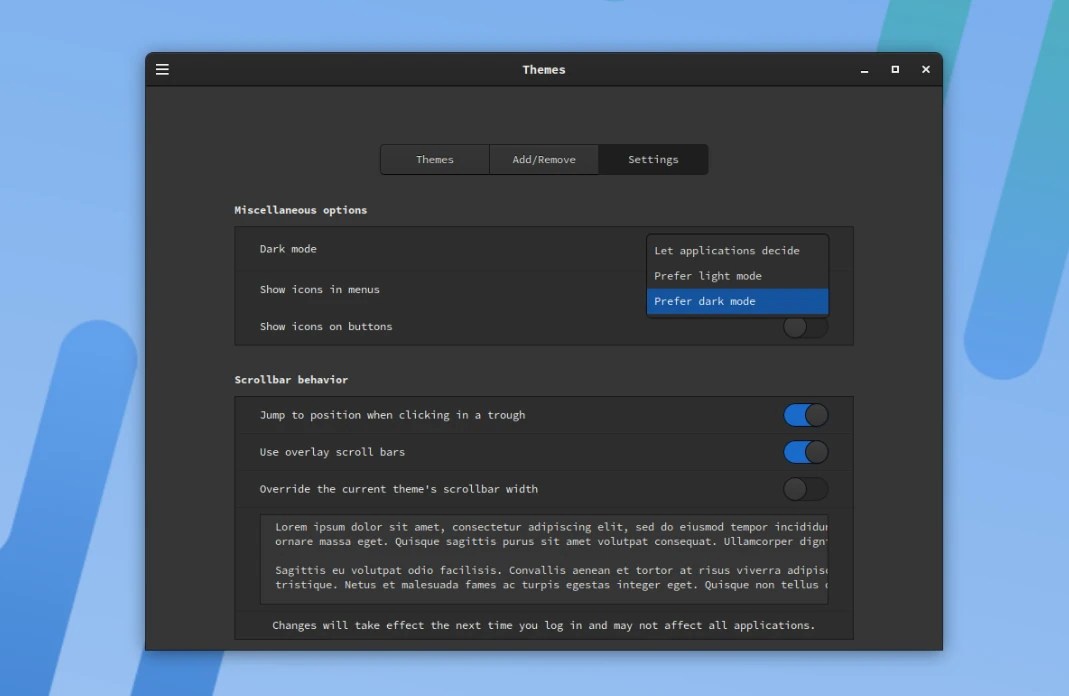
Another new feature in Cinnamon 5.8 is support for gestures on touchpads, touchscreens, and tablets for window management, workspace management, tiling, and media control.
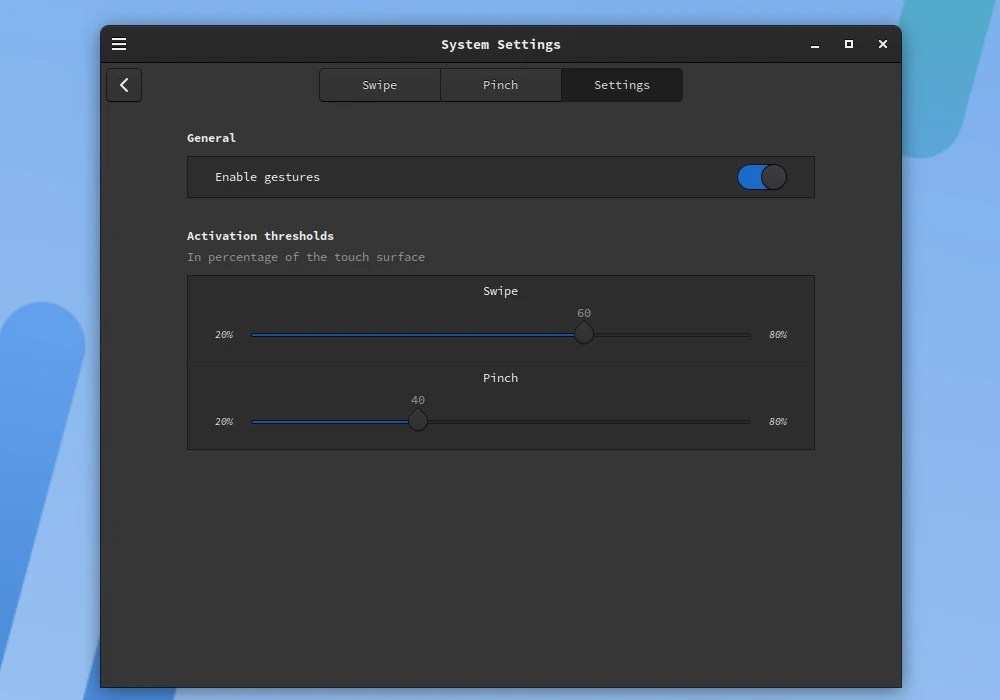
Cinnamon 5.8 also introduces the new concept of "styles" to make your desktop environment look better. For this purpose, each style comes with three modes, namely Mix, Dark and Light, and Accent Color. In blended mode, most applications are light-colored, while some desktop elements are dark for contrast.
Tooltips have been redesigned to be more consistent across various GTK versions (GTK2, GTK3) and Cinnamon, and they now also use accent colors. Tooltips in Cinnamon are now larger and rounder with larger margins, and there's some space between applets so they don't look crowded on the panel.
Notifications are also starting to use accent colors, and they now favor symbol icons whenever possible. Accent color options don't appear in the theme panels of distributions other than Linux Mint, but you can change them using advanced settings.
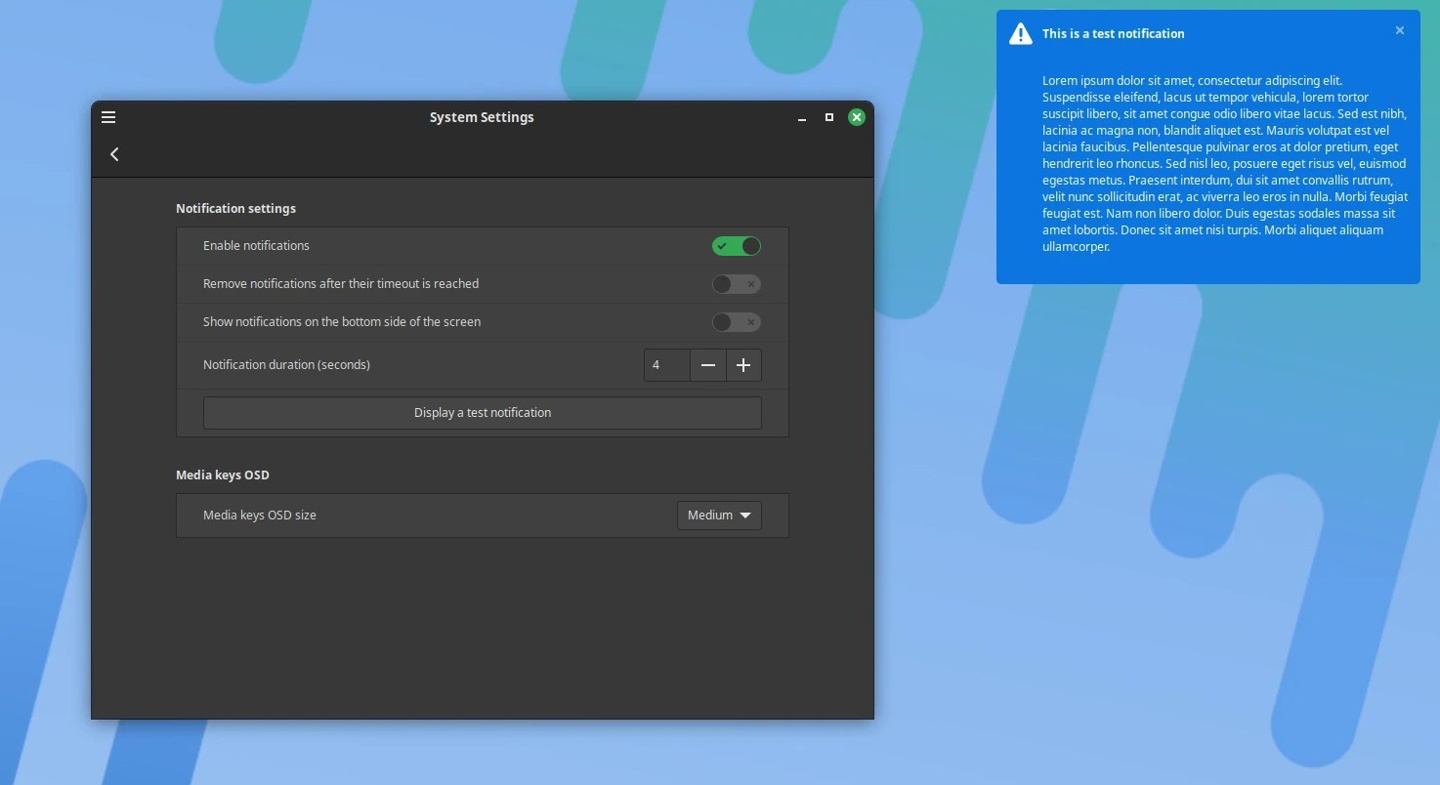

Cinnamon The default file manager Nemo has gained support for multi-threaded thumbnails. This is a performance improvement and Nemo is now generating Thumbnailing requires less CPU resources and can generate multiple thumbnails in parallel instead of generating each thumbnail one at a time. With this enhancement, your large folders now open faster.
Several Cinnamon applets have been improved, including the grouped window list and the sound applet. Additionally, the menu applet can now be resized using the mouse pointer, there are new buttons in settings that allow you to restore its original size, and menus can be edited faster via the applet's right-click context menu.
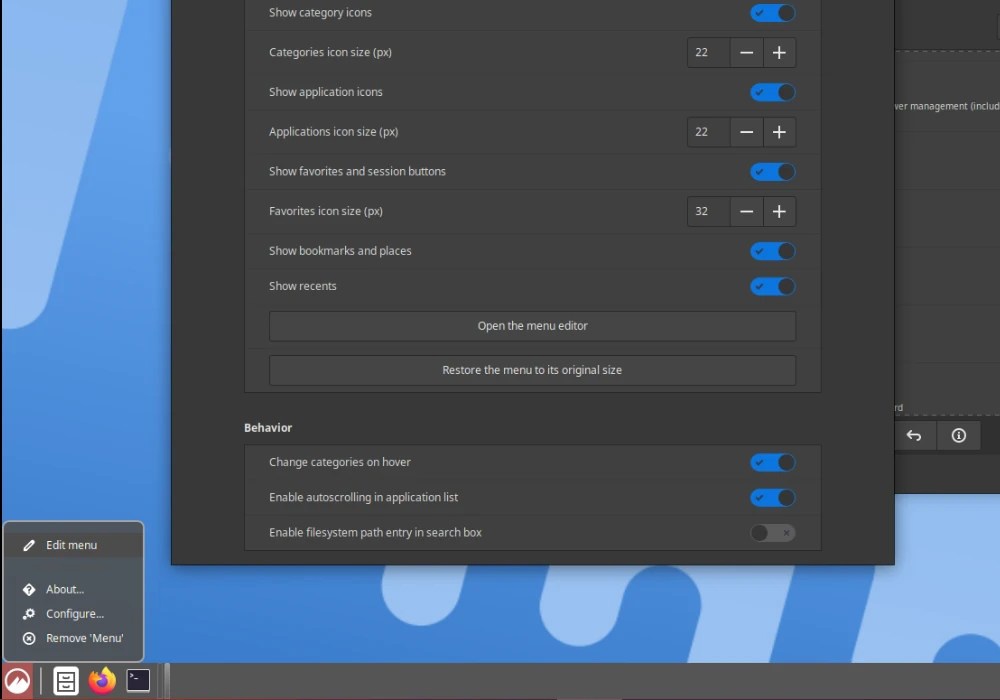
Among other things, Cinnamon 5.8 adds keyboard shortcuts for twisting the mouse pointer between monitors in a multi-monitor setup, adding the ability to twist the mouse pointer by clicking the middle mouse button Pasted the currently selected feature (enabled by default in Mouse and Touchpad settings) and added disabling low battery warnings for connected devices in Power Management settings.
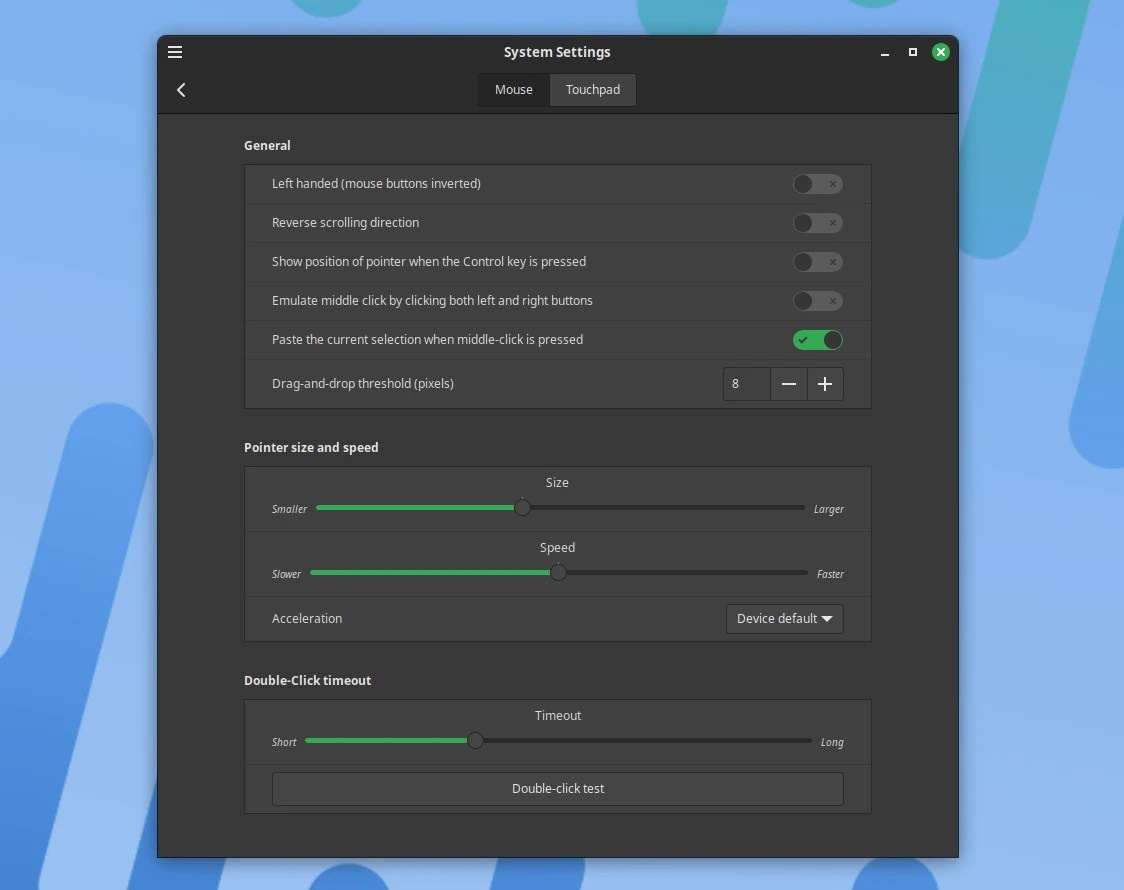
Cinnamon 5.8 also leverages the vga_switcheroo Linux subsystem for GPU offloading on laptops with mixed graphics and adds a new option in the Windows Alt Tab settings for Alt Tab After the operation is completed, adjust the mouse pointer to the newly focused window.
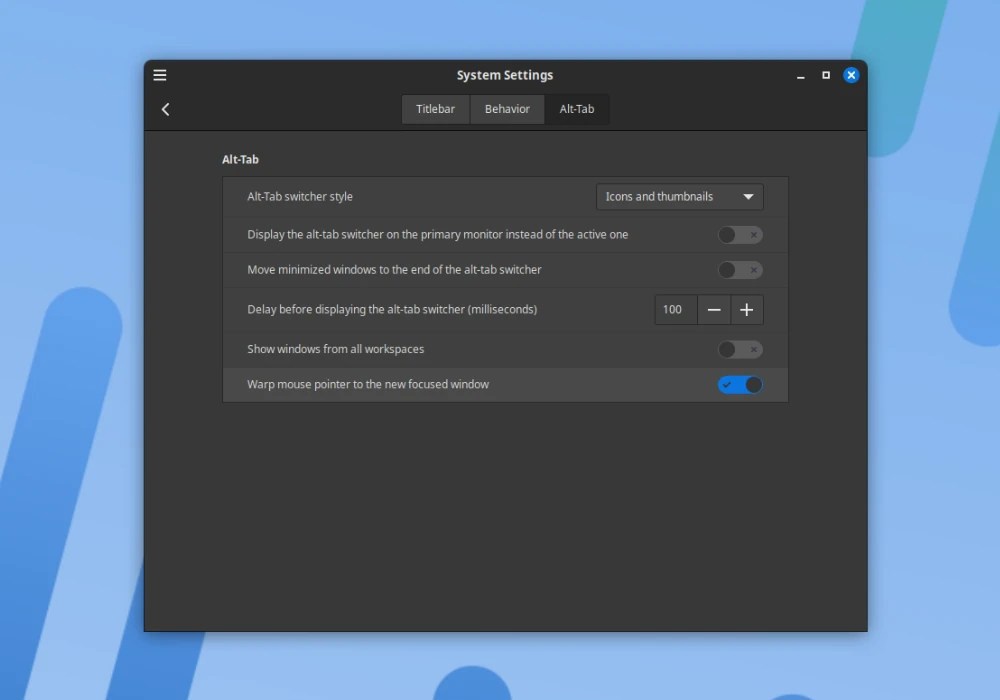
Cinnamon 5.8 comes with updated CJS (IT House Note: Cinnamon Javascript interpreter), which is based on GJS 1.74 and uses SpiderMonkey (libmozjs) 102, which will give Cinnamon Bring performance improvements.
As mentioned before, Cinnamon 5.8 has been launched in the Arch Linux stable repository and is expected to be launched in the repositories of other popular distributions soon. Cinnamon 5.8 will be the default desktop environment for the upcoming Linux Mint 21.2 “Victoria” distribution later this month.
The above is the detailed content of Cinnamon 5.8 desktop environment released: supports gesture operations, dark mode, new styles, etc.. For more information, please follow other related articles on the PHP Chinese website!

Hot AI Tools

Undresser.AI Undress
AI-powered app for creating realistic nude photos

AI Clothes Remover
Online AI tool for removing clothes from photos.

Undress AI Tool
Undress images for free

Clothoff.io
AI clothes remover

Video Face Swap
Swap faces in any video effortlessly with our completely free AI face swap tool!

Hot Article

Hot Tools

Notepad++7.3.1
Easy-to-use and free code editor

SublimeText3 Chinese version
Chinese version, very easy to use

Zend Studio 13.0.1
Powerful PHP integrated development environment

Dreamweaver CS6
Visual web development tools

SublimeText3 Mac version
God-level code editing software (SublimeText3)

Hot Topics
 What computer configuration is required for vscode
Apr 15, 2025 pm 09:48 PM
What computer configuration is required for vscode
Apr 15, 2025 pm 09:48 PM
VS Code system requirements: Operating system: Windows 10 and above, macOS 10.12 and above, Linux distribution processor: minimum 1.6 GHz, recommended 2.0 GHz and above memory: minimum 512 MB, recommended 4 GB and above storage space: minimum 250 MB, recommended 1 GB and above other requirements: stable network connection, Xorg/Wayland (Linux)
 Linux Architecture: Unveiling the 5 Basic Components
Apr 20, 2025 am 12:04 AM
Linux Architecture: Unveiling the 5 Basic Components
Apr 20, 2025 am 12:04 AM
The five basic components of the Linux system are: 1. Kernel, 2. System library, 3. System utilities, 4. Graphical user interface, 5. Applications. The kernel manages hardware resources, the system library provides precompiled functions, system utilities are used for system management, the GUI provides visual interaction, and applications use these components to implement functions.
 vscode terminal usage tutorial
Apr 15, 2025 pm 10:09 PM
vscode terminal usage tutorial
Apr 15, 2025 pm 10:09 PM
vscode built-in terminal is a development tool that allows running commands and scripts within the editor to simplify the development process. How to use vscode terminal: Open the terminal with the shortcut key (Ctrl/Cmd). Enter a command or run the script. Use hotkeys (such as Ctrl L to clear the terminal). Change the working directory (such as the cd command). Advanced features include debug mode, automatic code snippet completion, and interactive command history.
 How to check the warehouse address of git
Apr 17, 2025 pm 01:54 PM
How to check the warehouse address of git
Apr 17, 2025 pm 01:54 PM
To view the Git repository address, perform the following steps: 1. Open the command line and navigate to the repository directory; 2. Run the "git remote -v" command; 3. View the repository name in the output and its corresponding address.
 Where to write code in vscode
Apr 15, 2025 pm 09:54 PM
Where to write code in vscode
Apr 15, 2025 pm 09:54 PM
Writing code in Visual Studio Code (VSCode) is simple and easy to use. Just install VSCode, create a project, select a language, create a file, write code, save and run it. The advantages of VSCode include cross-platform, free and open source, powerful features, rich extensions, and lightweight and fast.
 How to run java code in notepad
Apr 16, 2025 pm 07:39 PM
How to run java code in notepad
Apr 16, 2025 pm 07:39 PM
Although Notepad cannot run Java code directly, it can be achieved by using other tools: using the command line compiler (javac) to generate a bytecode file (filename.class). Use the Java interpreter (java) to interpret bytecode, execute the code, and output the result.
 What is the main purpose of Linux?
Apr 16, 2025 am 12:19 AM
What is the main purpose of Linux?
Apr 16, 2025 am 12:19 AM
The main uses of Linux include: 1. Server operating system, 2. Embedded system, 3. Desktop operating system, 4. Development and testing environment. Linux excels in these areas, providing stability, security and efficient development tools.
 vscode terminal command cannot be used
Apr 15, 2025 pm 10:03 PM
vscode terminal command cannot be used
Apr 15, 2025 pm 10:03 PM
Causes and solutions for the VS Code terminal commands not available: The necessary tools are not installed (Windows: WSL; macOS: Xcode command line tools) Path configuration is wrong (add executable files to PATH environment variables) Permission issues (run VS Code as administrator) Firewall or proxy restrictions (check settings, unrestrictions) Terminal settings are incorrect (enable use of external terminals) VS Code installation is corrupt (reinstall or update) Terminal configuration is incompatible (try different terminal types or commands) Specific environment variables are missing (set necessary environment variables)





